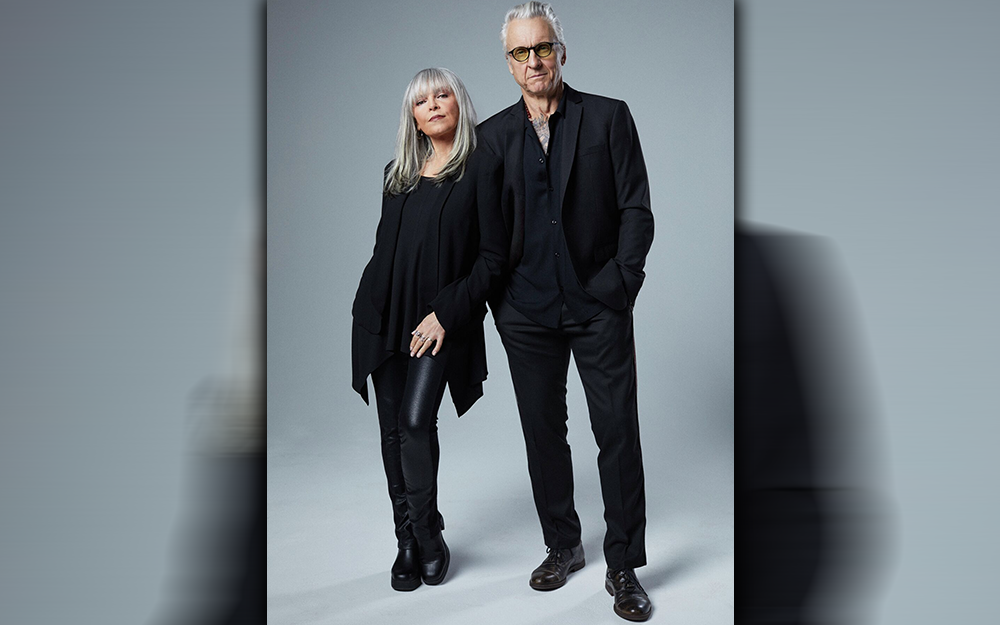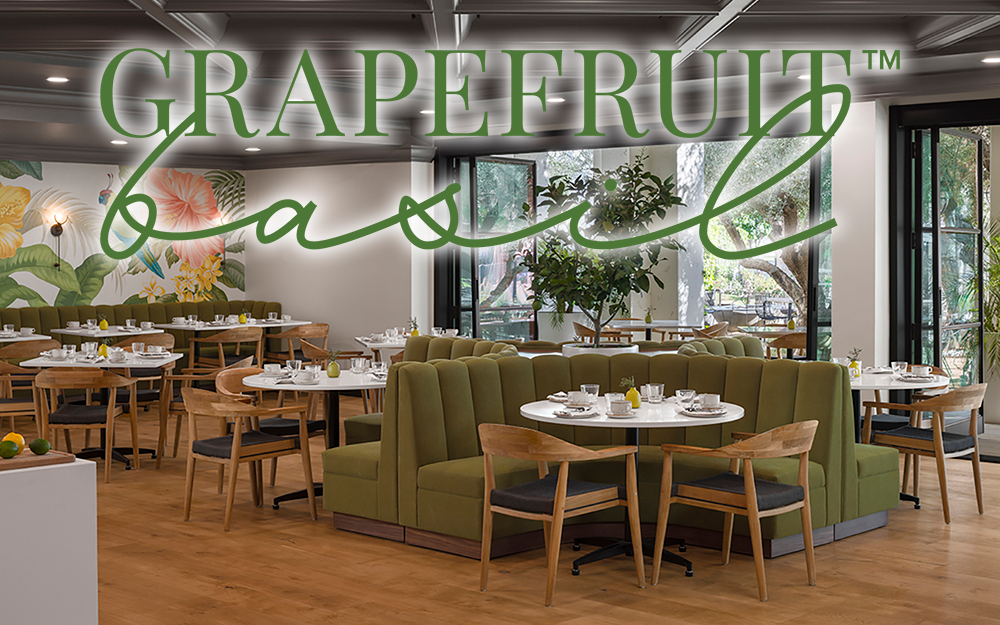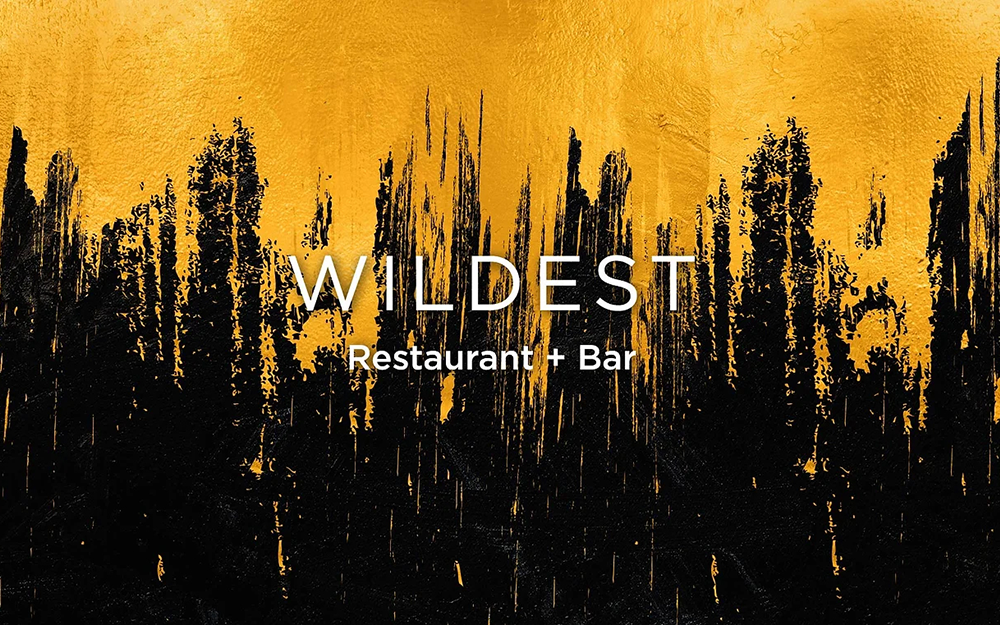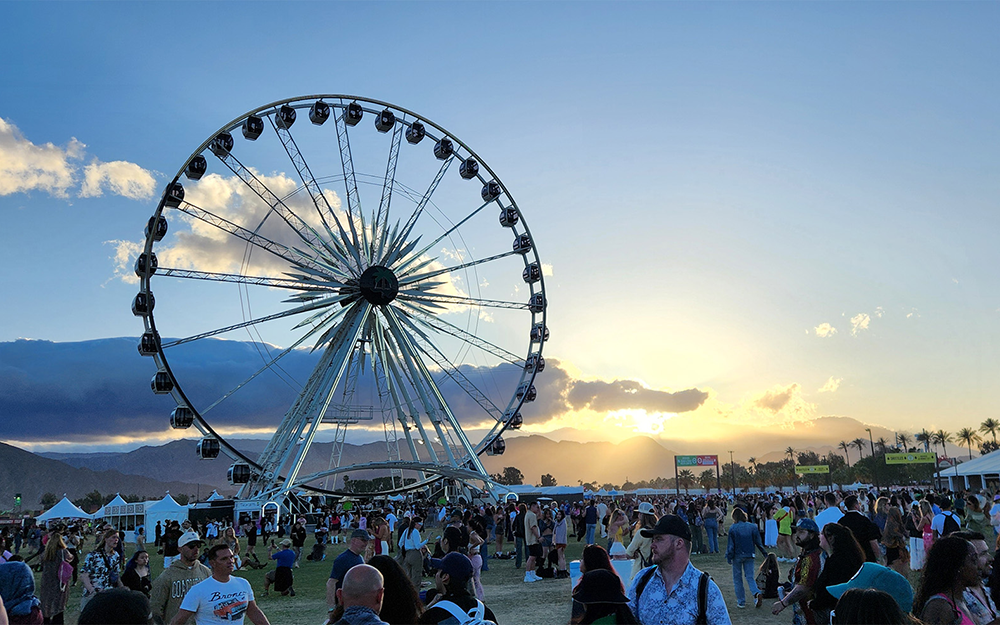
By Rick Riozza
Many of us “wine drinking veterans”, back in the day, entered the wine game in experiencing a California red wine that was pretty good. Indeed, it may even have been deemed a “jug wine”, but it was one to cause us to think about wine and to seek out better and better wine. But that’s always the way wine enthusiasts become—well, wine enthusiasts.
The wine was Gallo’s Hearty Burgundy. Of course that wine produced in California, and not a Pinot Noir Red Burgundy from France, but it was really a decent red wine that matched quite well with Italian meals and steak dinners. What Gallo finally admitted to was that one of the predominate blending grapes in that wine was Zinfandel.
And again, many of us wine drinkers remembered that taste profile and thereafter did begin to seek out most impressive flavor of a full-bodied California Zinfandel.
A while back, we wrote: “When it comes to die-hard wine enthusiasts, the “Zinners” of California may well be the most vocal group. I know the Petite Sirah supporters can chime in as well, for both wines can offer lip-smacking intensity and concentration of expressive dark fruits that can meet up with any pepper steak, rack of grilled and charred meats, barbecues lathered with the richest of sweet & spicy sauces, not to mention the most garlicky slew of snails and all type of sausages. But it seems lately that Zinfandel is trending around the world.
“California really has its mark on its own “native” red wine. The low-key arrival of the Zinfandel vine from the Croatia area back in the 1820s/30s was cultivated up in Northern Cal, and soon became a popular table & wine grape. Zinfandel then made its way west when the Gold Rush affected national history. It was the wine of the pioneers and millions of gallons were being stored in San Francisco for bottling.
“By the close of the 19th century, Zinfandel grapes were being planted all over California. I still hear Zinners make their claim when they query: “Isn’t the Golden Bear on our state flag caught trouncing upon Zinfandel grapes?”
Some of these “old vines” still exist today and choice wineries are still producing wine from the ancient vines that can readily be found in most stores right now. Zinfandel wine, vintage or young, exudes ripe, red and black fruits including raspberries, blackberries jammy black & red cherries, strawberries, cranberries, red plums—fresh and dry, and raisins.
But we’re not stopping at just the fruits. Delicious and complex Zinfandels include other flavors such as cedar, chocolate, black & white pepper, cinnamon, cloves, coffee, flowers (especially roses and violets), herbs, licorice, mint, nuts, smoke, spices, tar, and toast.
The Lord looks kindly upon us “Zinners”—and even though we will continually complain about this style of Zin or that, this winemaking technique or that, the terroir on the eastern hills or near the coast, through it all, we are blessed to enjoy the entire spectrum of what our beloved Zinfandel grape provides. And there’s a real following among us Californians and other worldly inhabitants who just go crazy over this stuff!
And the news about vintage quality for Cal Zin gets better and better. In the Zin harvest of 2019, the vino cognoscenti declared that it was the “best” in California history. But hold on pardner, Tim Fish of Wine Spectator magazine has just declared, “The 2021s are the best Zins I’ve ever tasted and the 2022s are in a similar league.”
Fish continued, quoting Mauritson winemaker Emma Kudritzki Hall, “That’s two incredible Zin vintages in a row… after the challenges of heat, fires, and smoke in 2020, winemakers were relieved by what ‘21 and ‘22 delivered. The 2021 Zins have really great harmony, like there’s not one note that’s out of balance … the wine has been generous since day one.”
“The 2022s are definitely riper than the ‘21s. They’re bold and concentrated—deeply structured and bright with acidity.” Good news for you California vino heads—this vintage sounds like it’s right up your very Zin-ful alley.
And now, continuing with the Fish comments, let’s take a quick look of the Zin-ful wines to consider:
We started this piece reminiscing about the early days of popular Zinfandel. And back then there was no one more popular than Paul Draper and the Zin he was producing over at Ridge Vineyards. It was pretty pricey back then—and well worth it, but no one was buying the stuff unless you were getting deep into Zin.
2022 Ridge Geyserville Alexander Valley ($56). “Deeply structured and bright acidity, this combines power with grace, with black cherry and dark plum flavors. Zinfandel blend. 94 points”
2021 Carlisle Zinfandel Sonoma Valley Bedrock Vineyard ($54). “A knockout Zin from a great vinyard, this is dynamic and expressive, featuring cherry and raspberry flavors accented by garrigue, mint, and licorice as this builds structure toward refined tannis. 95 points”
2022 Robert Biale Zinfandel Napa Valley Stagecoach Vineyard ($70). “Impeccably structured and polished, this is a standout Zin, delivering rich detailed flavors of blackberry and cherry. 95 points”
2021 Turley Zinfandel Howell Mountain Rattlesnake Ridge ($48). “Plump and polished yet tightly focused, with generous flavors of black cherry and raspberry accented by orange peel toasty spices. 95 points”
2021 Cline Zinfandel Dry Creek Valley Eight Spur AVA Series ($30). “Old-school Zin that smells fresh from the briar patch, this is ripe but not over the top, showing lively flavors of wild berry. 93 Points”
Finally—if you’re a few bucks short, for starters try Kirkland Signature Sonoma Old Vine ($10). “Soft and easy going, with cherry and savory anise flavors. 84 Points”
Cheers!










































